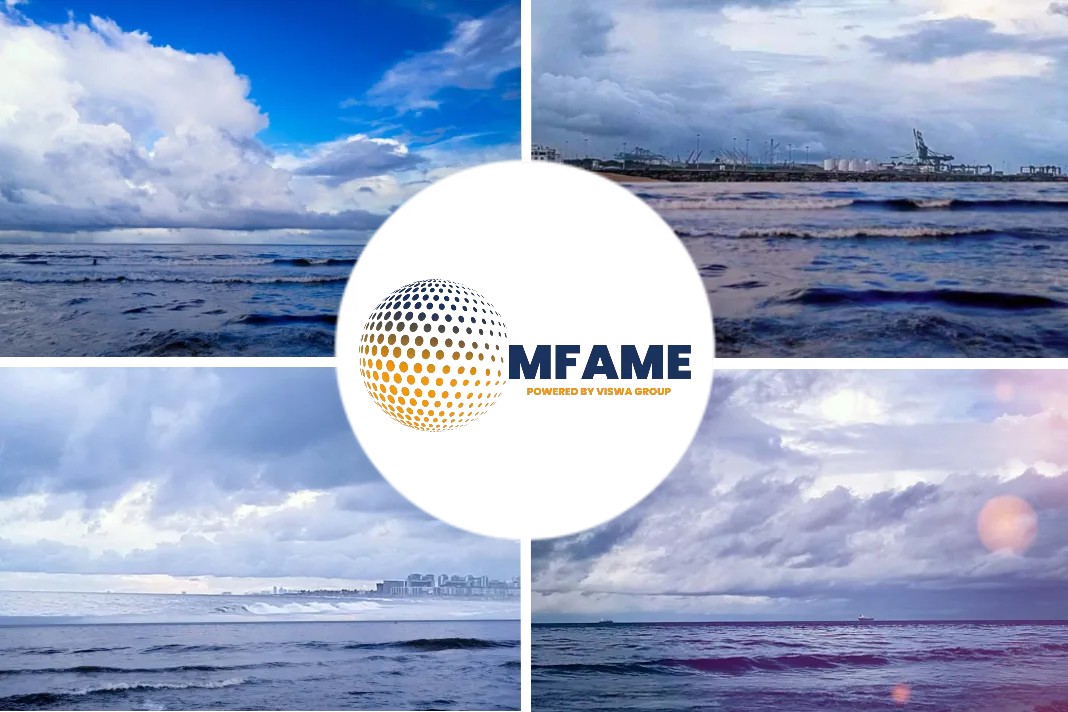Hefty 10 billion won royalties costs hamper local shipbuilders, writes Kim Hyun-bin for the Korea Times.
Surging LNG tanker orders
Just five years ago, local shipbuilders were on the verge of collapse. But they have been achieving a swift turnaround by winning 94 percent of global liquefied natural gas (LNG) tanker orders in the first half of this year.
The global eco-friendly trend has led to more orders of LNG tankers, while key technologies are in the hands of only a few shipbuilders, mostly Korean ones.
The technology allows an LNG tanker to maintain an ultralow temperature of minus 162 degrees Celsius to minimize losses from gasification. Local firms such as Hyundai Heavy Industries, Daewoo Shipbuilding & Marine Engineering (DSME) and Samsung Heavy Industries have the upper hand against global competitors in the sector, leading to a total dominance of the market share.
LNG’s boiling point stands at minus 162 degrees Celsius, making it a difficult energy source to manage. No matter how well a company matches the temperature, some gases evaporate naturally. The technological edge translates into how well a company reduces the dissipation by utilizing evaporating gases or through the process of re-liquefying floating gas.
10 billion won royalty
According to Clarkson Research, orders for LNG tankers equivalent to 1.5 million compensated gross tonnage (CGT) were placed worldwide in the first half of this year, which is a 320 percent surge compared to the same period last year. Among the total, Korean companies procured 1.4 million CGT, or 94 percent of total orders.
Local shipbuilders have been working to gain technological independence in the LNG tanker field for the last two decades.
Despite its efforts, the most critical technology goes into the cargo tank that stores the LNG as the gas could easily evaporate. Currently, membrane tanks account for the bulk of LNG cargo tanks. The original technology is held by French engineering company Gaz Transport & Technigaz (GTT).
Due to its patent, local shipbuilders have to pay GTT a royalty of around 10 billion won to construct a 200 billion won LNG tanker.
In 2014, the big three Korean shipbuilders teamed up to develop an upgraded version of the LNG cargo tanker called the KC-1, and recently received an order from Korea Gas Corporation (KOGAS) for one of the tankers.
Buyers stick to GTT technology
According to industry watchers, the Korean shipbuilders have been working to develop their own LNG cargo containment systems that could replace GTT’s technology. DSME developed the Solidus LNG tank in 2017 offering a daily LNG boil-off rate (BOR) of 0.05 percent, which is much lower than the GTT Mark III Flex Plus system’s 0.07 BOR. Samsung’s KCS is known to have similar stats as GTT’s.
However, prospective buyers are still disregarding the local shipbuilders’ new LNG cargo tanks due to lack of operating data, sticking with the more proven technology of GTT.
“At this point in time, it will be difficult for local shipbuilders to overcome the barriers for cargo tank procurements and as GTT continues to enhance its technology,” a major shipbuilding company official said.
“But if local shipbuilders continue to show strength in LNG ship procurement for the long run, there could be a turnaround in local cargo tank procurements. However, in the meantime there need to be orders and through it the need to verify the safety of our cargo tank technology.”
Did you subscribe to our daily newsletter?
It’s Free! Click here to Subscribe!
Source: The Korea Times
















